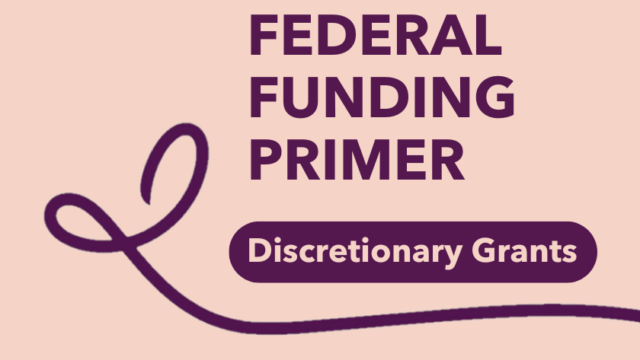How to Build Capacity to Attract Funding for Smaller Kinship and Peer-Led Organizations
Within the continuum of kinship service providers, smaller, peer-led groups and organizations play an important role in ensuring caregivers receive access to needed support and resources.









